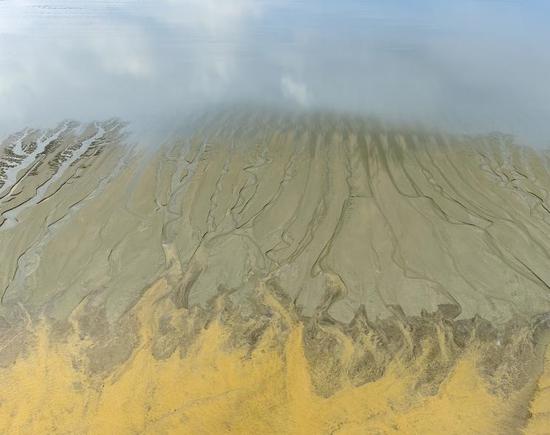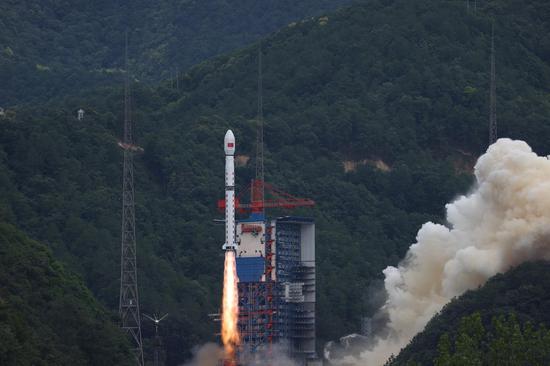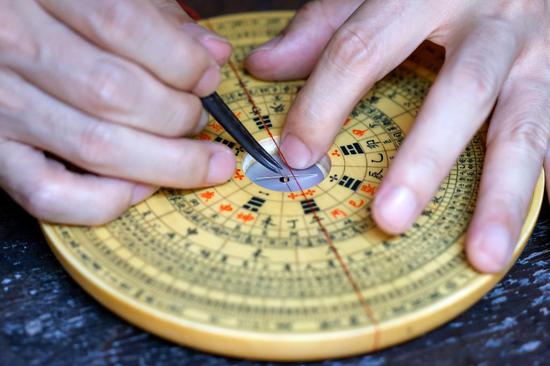High on a ridge 5,250 meters above sea level in southwest China's Xizang Autonomous Region, a new eye into the infant universe has blinked open.
Scientists at the Institute of High Energy Physics (IHEP) under the Chinese Academy of Sciences announced on Sunday that their AliCPT-1 telescope has captured its first crisp images of the moon and Jupiter at 150 GHz, a milestone that marks the formal opening of China's first hunt for primordial gravitational waves.
The ripples – faint whispers from the dawn of time – may hold the key to explaining how the universe began.
Imagine the universe as a newborn; the primordial gravitational waves would be its very first cry. Born from quantum fluctuations in spacetime during the epoch of cosmic inflation, these elusive signals are the most pristine ripples ever etched into the fabric of the cosmos.
Primordial gravitational-wave detection is believed to be a critical test of cosmic origin, probing inflation and quantum gravity.
"If we successfully detect primordial gravitational waves, we will glimpse the universe in its very first instant," said Zhang Xinmin, a researcher at the IHEP.
"At the same time, it can drive breakthroughs in cutting-edge technologies like cryogenic superconducting detectors and low-temperature readout electronics, thus propelling cosmology into an era of unprecedented precision," Zhang added.
Led by the IHEP, the telescope was built in eight years by a 16-member global consortium including China's National Astronomical Observatories and Stanford University.
Placed on the roof of the world, the telescope is designed to escape atmospheric water vapor that would drown the whisper of primordial gravitational waves.
Only four sites on Earth are known to be viable for such observations: Antarctica, Chile's Atacama Desert, the Qinghai-Xizang Plateau and Greenland, said Liu Congzhan, a project manager of the telescope experiment.
The moon and Jupiter experiment is just the beginning, said Li Hong, also a researcher at IHEP. "As the Northern Hemisphere's first high-altitude primordial gravitational-wave observatory, the telescope fills a gap for China and, together with devices in Antarctica and Chile, completes a global, complementary network."

















































 京公網(wǎng)安備 11010202009201號
京公網(wǎng)安備 11010202009201號